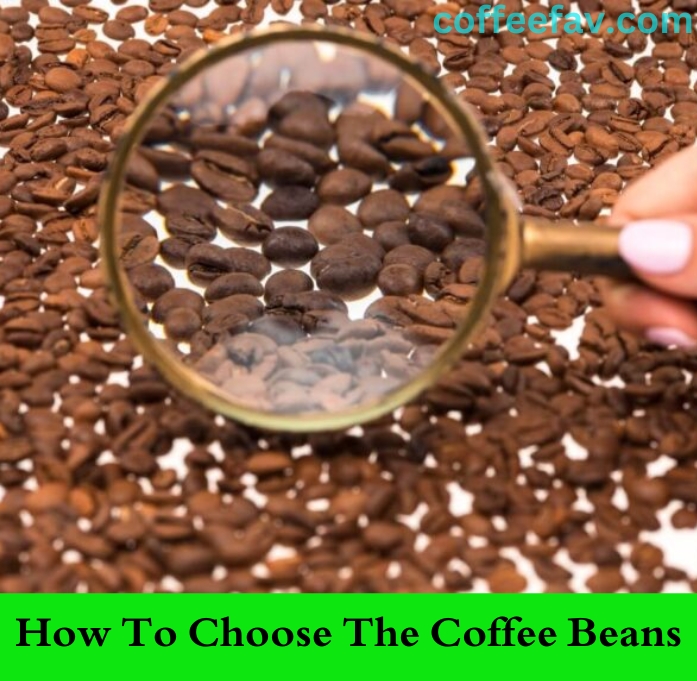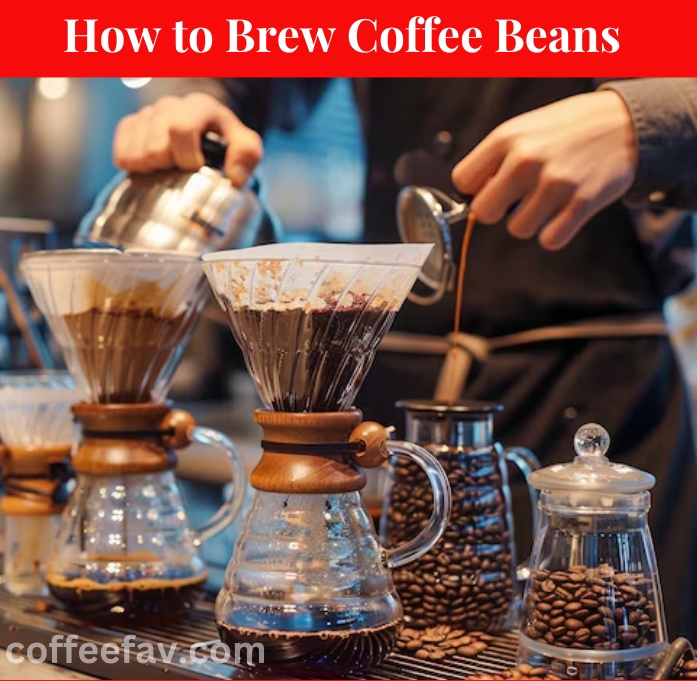How to Use a Coffee Percolator
If you are a coffee lover and want to make a strong, flavorful brew, then a coffee percolator can be your best brewing tool. While modern drip machines and single-serve coffee makers dominate today’s market, percolators remain a classic method for making coffee. They offer a unique taste and an immersive brewing experience.
This guide will walk you through everything you need to know about using a coffee percolator, whether you have a stovetop or an electric version.
Types of Coffee Percolators
There are two primary types of coffee percolators:
1. Stovetop Percolator
A stovetop percolator is a traditional coffee brewing device that produces rich, bold, and flavorful coffee by continuously cycling boiling water through coffee grounds. It requires a heat source, usually a gas or electric stove, allowing manual control over the brewing process. Stovetop percolators are ideal for outdoor activities like camping or for coffee enthusiasts who enjoy hands-on brewing. To avoid bitterness, it’s essential to monitor the brewing time and remove it from heat once the desired strength is achieved.
2. Electric Percolator
An electric percolator is a convenient coffee maker for home and office use that brews rich, flavorful coffee using a continuous cycling process. It features a built-in heating element that automatically controls the brewing temperature. Many electric percolators include an automatic shut-off or keep-warm function, making them user-friendly. They provide a nostalgic coffee experience with modern convenience.
Parts of a Coffee Percolator
Understanding the key components of a percolator will help you use it efficiently:
- The Pot: The main chamber where water is added.
- Perforated Basket: Holds the coffee grounds.
- Central Tube: Moves hot water to the top, allowing it to circulate through the coffee grounds.
- Lid and Spout: Helps retain heat and allows for easy pouring.
Choosing the Right Coffee Beans and Grind Size
The coffee beans and grind size greatly impact the flavor of percolated coffee. Here’s what you need to consider:
- Best Grind Size: A coarse grind is ideal. Too fine a grind can lead to over-extraction and bitterness.
- Whole Beans vs. Pre-Ground: Grinding fresh coffee beans just before brewing results in fresher, more flavorful coffee.
How to Use a Coffee Percolator
To brew the best coffee using a percolator, follow these steps:
Step 1: Preparing the Percolator
- Ensure your percolator is clean, as any leftover coffee residue can affect the flavor.
- Rinse all parts with warm water and check the manufacturer’s instructions for the maximum water level.
- Fill the main chamber with fresh, cold water. Generally, two cups of water create one mug of coffee.
Step 2: Adding Coffee Grounds
- Place the perforated basket into the percolator.
- Add coffee grounds to the basket. A standard ratio is one tablespoon of coffee per cup of water for a strong brew.
- Secure the percolator lid tightly.
Step 3: Heating the Percolator
- For Stovetop Percolators: Place the percolator on a stovetop over medium heat. As the water heats, it will begin to bubble through the coffee grounds. Once you see a slow “perking” action, reduce the heat to maintain a steady but not boiling temperature.
- For Electric Percolators: Plug in the unit and turn it on. The percolator will automatically cycle the water through the coffee grounds until it’s ready. Most models will shut off or switch to a “keep warm” mode when brewing is complete.
Step 4: Brewing Time
- Let the coffee percolate for 6 to 10 minutes, depending on your desired strength.
- Avoid over-brewing, as it can lead to a bitter taste.
Step 5: Serving the Coffee
- Remove the percolator from the heat or unplug it.
- Carefully take out the basket and discard the used coffee grounds.
- Let the coffee sit for a minute to allow any remaining grounds to settle.
- Pour and enjoy your freshly brewed coffee!
Tips for the Perfect Percolated Coffee
- Experiment with different grind sizes and brew times to find your perfect flavor.
- Use filtered water for a cleaner taste.
- Stir the coffee before serving to distribute flavors evenly.
Conclusion
A coffee percolator is a timeless tool that delivers a rich, bold, and aromatic cup of coffee. With its elegant design and user-friendly features, it remains a favorite among coffee lovers who appreciate strong, traditional flavors. By following these steps and techniques, you can brew barista-quality coffee at home, whether you’re using a stovetop or an electric percolator.
FAQs
1. Can I use regular ground coffee in a percolator?
Yes, but coarse-ground coffee is best to prevent clogging the filter and over-extraction.
2. How do I prevent my percolated coffee from becoming too bitter?
Control the brew time and use fresh, coarsely ground coffee beans.
3. Is percolator coffee stronger than drip coffee?
Yes, percolator coffee tends to be stronger due to continuous brewing cycles.
4. Can I use a percolator to make tea?
Yes! You can use a percolator to brew tea leaves for a strong, flavorful cup.
For more coffee-making tips and product recommendations, visit coffeefav.com.

